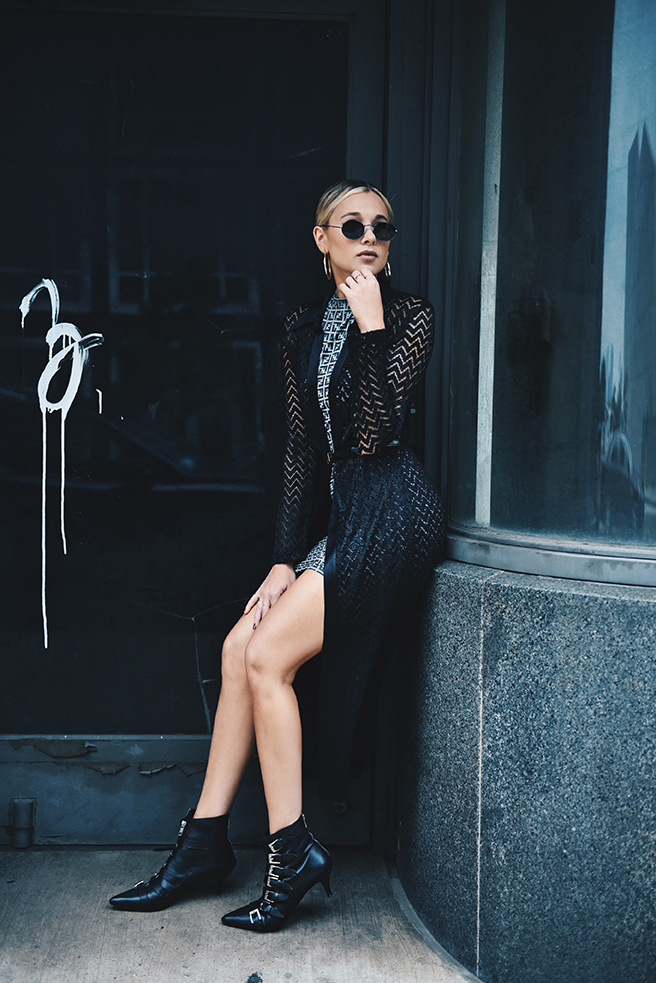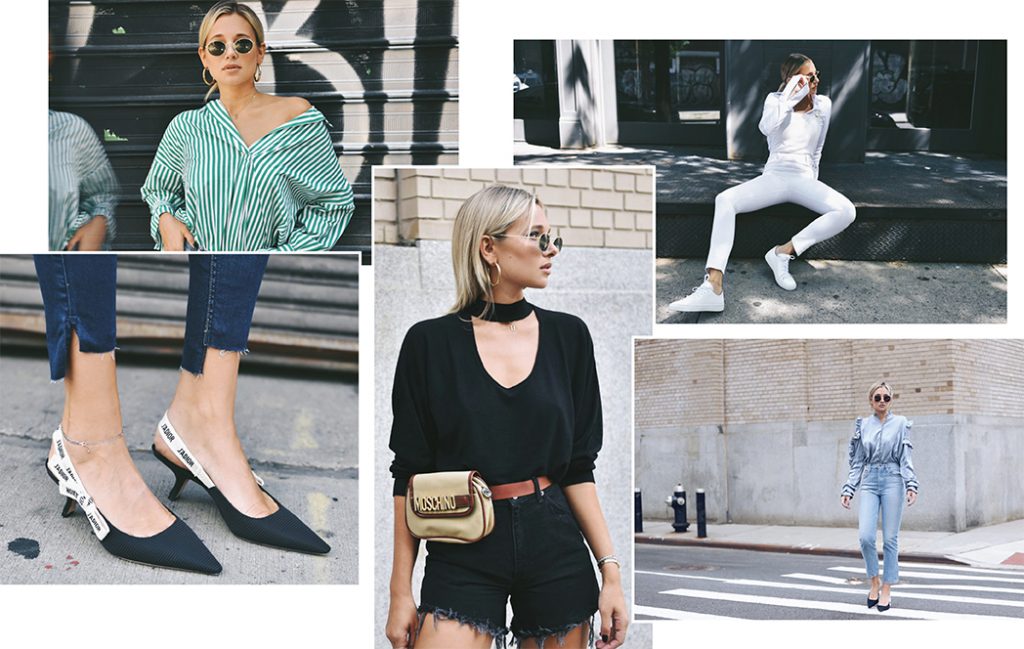The world of fashion is by nature in a constant state of change. Each season brings with it the birth of new trends and the deaths of others. Each year, designers arrive on the scene with fresh perspectives that challenge what may have briefly become the status quo. Style never ceases to evolve and the men and women who work in fashion never cease to innovate.
However, what has shifted recently in the world of fashion is something a little less obvious than a color palette. The way in which clothing is marketed to the consuming public is in the midst of a major style evolution. Traditional fashion marketing strategies including magazine features, advertisements and commercials have taken a backseat to social media.
 In a 2016 market research study conducted by Mintel, it was discovered that more than 35 percent of millennial women admit that social media is their top influencer when purchasing clothes. Common sense would advise that this percentage of women is bound to increase, as the younger generations are growing up predominantly on social media.
In a 2016 market research study conducted by Mintel, it was discovered that more than 35 percent of millennial women admit that social media is their top influencer when purchasing clothes. Common sense would advise that this percentage of women is bound to increase, as the younger generations are growing up predominantly on social media.
No longer are the gatekeepers of the fashion industry illusive editors of high-end magazines or famous designers with decades of experience under their belts. Instead, the reigns of the fashion world have been handed to bloggers and social media trendsetters like Danielle Bernstein.
Bernstein was just 18 and a sophomore at the Fashion Institute of Technology when she started her street style, fashion blog We Wore What. Within a year of its inception, what began as a hobby and a passion project for Bernstein evolved into a lucrative business. Now, her daily doses of outfit inspiration reach her 1.7 million followers via—you guessed it—Instagram.
Bernstein is more than a trendsetter; she is a social media influencer and as such has an incredible ability to direct buying power in this new fashion-marketing paradigm. The power of social media marketing lies in the fact that platforms like Instagram are somewhat personal. Bernstein’s followers feel like they know her; they trust her to provide fashion inspiration that will inform the way they style themselves and she has never let them down on this account.
In addition to her booming Internet presence, Bernstein has collaborated with top brands and has a growing lifestyle collection of her own that includes workout wear, overalls, and shoes. The We Wore What blog is constantly expanding and now includes interior design and menswear.
This year, Bernstein’s growing empire caught the attention of Forbes Magazine, and she appeared on the 30 Under 30 list for Art & Style. We recently had the opportunity to speak with Bernstein about her blog, lifestyle collection and her role as a social media influencer.
Do you feel as if your degree in fashion provided you with a source of information that continues to inform your current work?
To a certain extent, yes. Although I feel like most of my knowledge has come from my internships, experiences, and most has been self-taught.
@weworewhat began as a passion project for you. Did you imagine it would evolve into the major brand it is today? What has been the most surprising part of this journey for you?
Of course when it was a hobby I never imagined that it would become what it has. The most surprising part has been being able to see my influence come to fruition.
What is typical workday like for you?
Each day varies depending on the week. When it’s Fashion Week, our schedule is completely irregular and full of shows, but on an average day-to-day, we start out in my home office answering a ton of emails, shooting for certain projects or preparing for a project and then throughout the day we always have a ton of meetings, showroom appointments, press previews and so forth.
What, in your opinion, is the role of social media influencers in the modern fashion world? How do you think they affect buying habits and trends?
I would argue that social media influencers are just as powerful, if not more effective than traditional fashion magazines and forms of advertising. Our followers are a very specific demographic of consumer—keyword consumer—so the purchasing power is seen.
Who are your fashion influencers? Who do you look to for inspiration?
I look to my peers and my surroundings for inspiration.
 In a 2015 interview with Harper’s Bazaar, you spoke candidly about the way in which you profit through Instagram. What would you say stands to be gained through a transparent conversation about the way social media influencers conduct their business?
In a 2015 interview with Harper’s Bazaar, you spoke candidly about the way in which you profit through Instagram. What would you say stands to be gained through a transparent conversation about the way social media influencers conduct their business?
What was the Wild Wild West has now become a heavily regulated industry with laws attached to it. It’s public knowledge what an actor makes on a movie or what a model gets paid for a large campaign, usually. So why not be transparent without giving too much away on how we make money? My entire livelihood is based off of the trust of my followers, so why not be transparent about being paid for certain campaigns? My followers know I wouldn’t have accepted that campaign if it wasn’t something that I wouldn’t want to be promoting.
How do you discern what brands will and will not be featured on your blog/Instagram?
I only blog about brands and products that I truly like or believe in.
Since the inception of @weworewhat in 2010, have you observed the world of social media influencers evolve? If so, how?
Of course, blogging was not even a real industry when I started. We created it along the way.
Are there any projects on the horizon for you?
Always, but you’ll just have to wait and see!
The post The Influencer: An Interview with @weworewhat’s Danielle Bernstein appeared first on VUE magazine.
